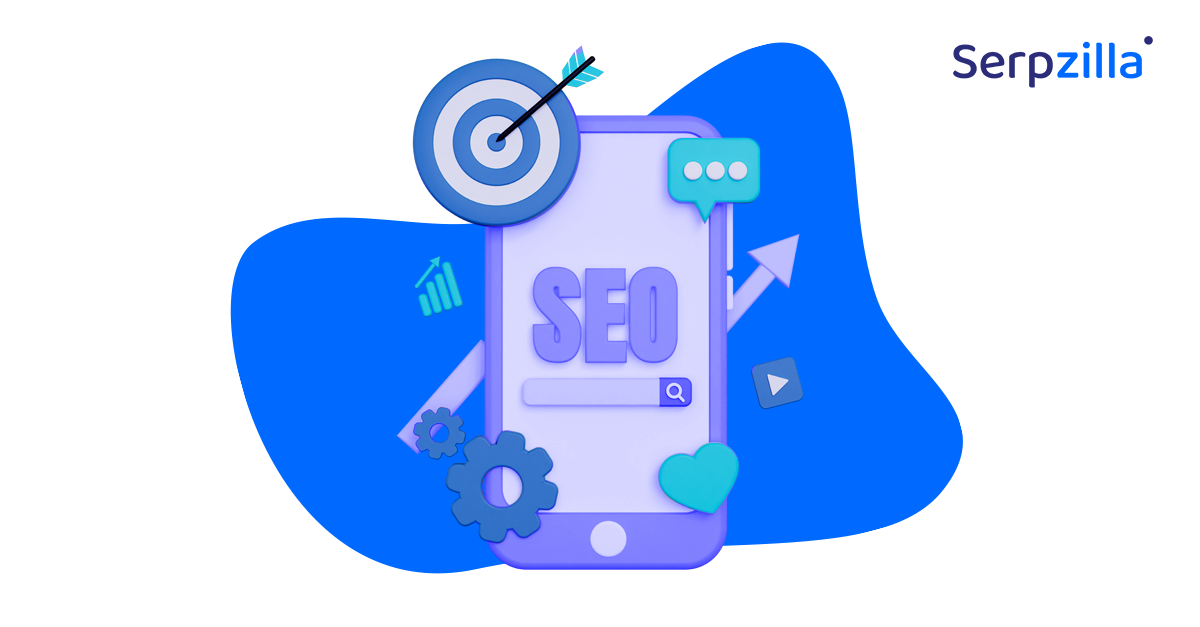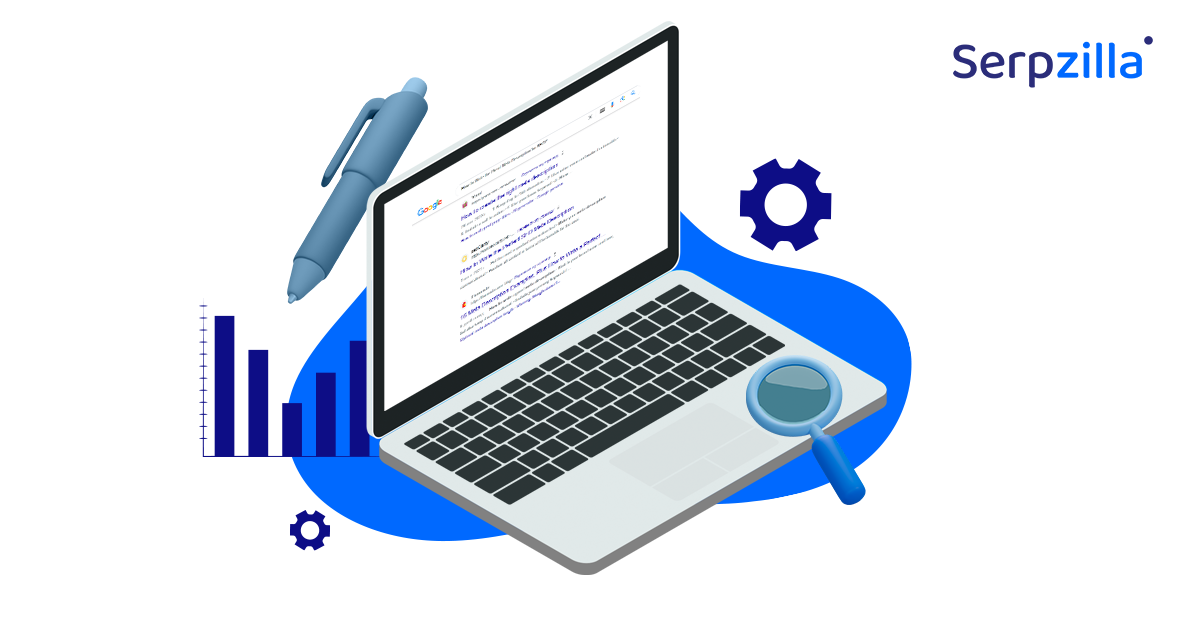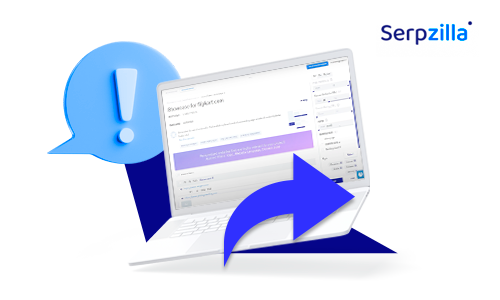In October 2007, The Washington Post came under scrutiny for engaging in the sale of links on their blog, a practice that ran afoul of Google’s guidelines regarding unnatural links.
This violation led to a notable decrease in the paper’s PageRank, plummeting from PR7 to PR5. The repercussions were likely linked to the presence of unnatural links, and although the specifics of the resolution aren’t detailed, the PageRank may have eventually been restored after a period of adjustment.
So, what are unnatural links?
Unnatural links are fake connections created to manipulate a website’s search engine ranking. Google updates its algorithm to penalize websites using unnatural links, as they don’t genuinely endorse a site, making it difficult for search engines to assess a site’s true value.
Types of Unnatural Links and Examples
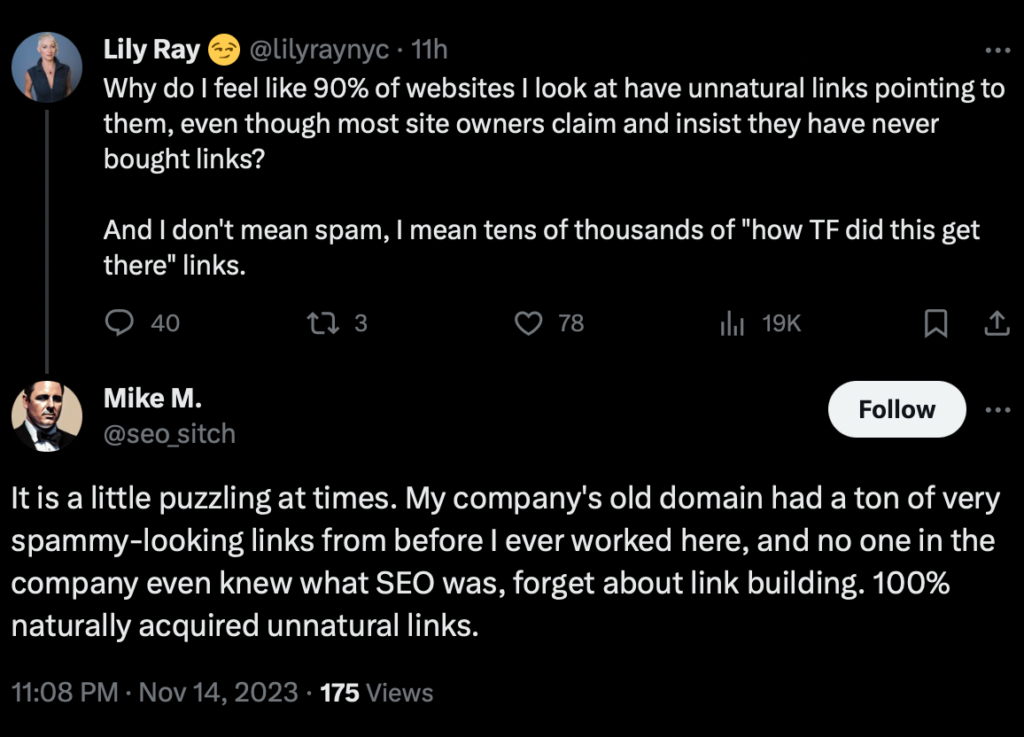
Unnatural links, even though disguised, are all flagged as manipulative by search engines. Some prominent types of such links include purchased links, participation in prohibited link exchanges, and strategically placed links. All these tactics are intended to deceive search algorithms.In addition, unnatural links may involve overly optimized anchor text or links lacking contextual relevance.
Let’s take a look at some of the best instances of unnatural links.
1. Text Link Advertising
These are paid text links designed to boost search engine rankings. Without a “nofollow” or “sponsored” attribute, these links can be considered unnatural, leading to a penalty.
2. Spammy Links from Articles or Press Releases
Mass-distributed articles or press releases containing links filled with exact match keywords, often for search engine manipulation are also unnatural link building tactics. In the past, some press releases on PRWeb have been criticized for containing spammy links. Even EzineArticles has faced issues with articles containing manipulative links.
3. Links from Non-Relevant Domains
Links from websites lacking topical relevance to the linked content, flagging them as unnatural. For instance, think of a website selling fruit juices. On the blog section of this website, if there’s a link to a site that sells, say perfumes and has no context at all, then that link will be considered unnatural.
4. Low-Quality Directory or Bookmark Site Links
Links from directories or bookmark sites focused on providing links rather than valuable content, often for SEO purposes. Link Farms, some article directories are examples of such platforms that promote unnatural link building.
Google Penalty For Unnatural Inbound Links
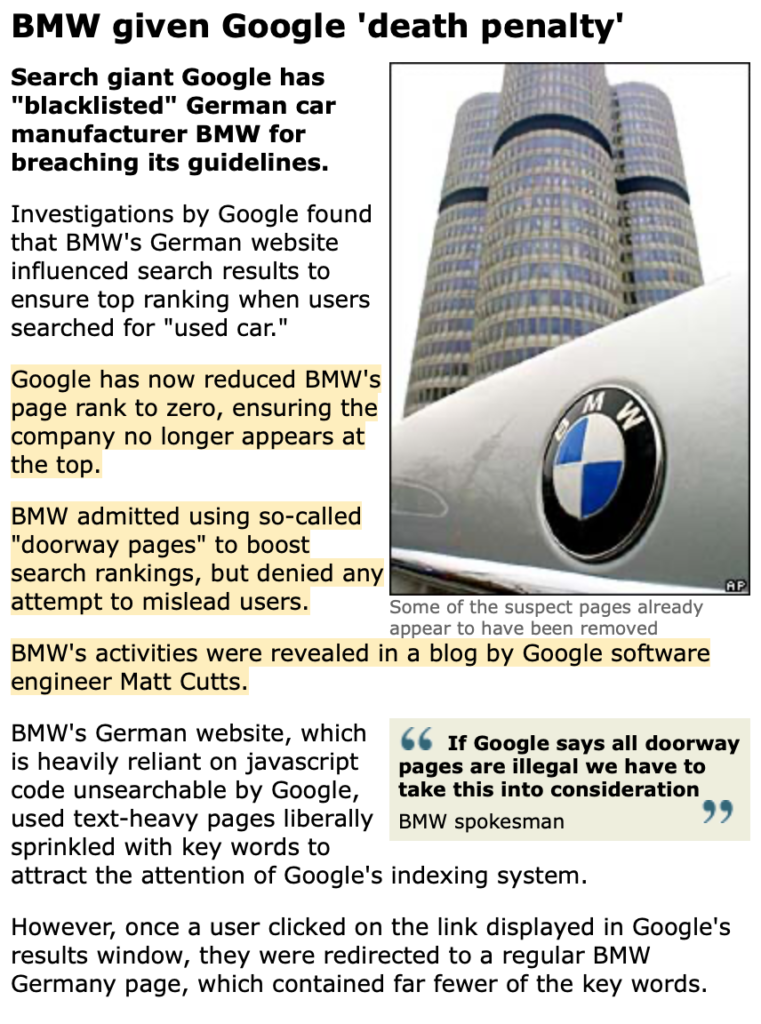
%20BMW%27s,Google%20software%20engineer%20Matt%20Cutts.
In 2006, car maker BMW Germany faced a penalty from Google for using “doorway pages” as part of their SEO strategy. Doorway pages are often optimized for specific keywords and are designed to trick search engines into ranking them higher.
The company’s use of these manipulative pages involved creating multiple pages targeted at various specific car models and locations. These pages were crafted to rank highly in search engine results, but they offered little or no substantive content for users. When users clicked on these pages, they were often redirected to the main BMW Germany website.
Google responded to BMW’s use of doorway pages by taking manual action, which resulted in a temporary removal of BMW Germany’s website from Google’s index. The penalty served as a reminder to businesses that attempting to manipulate search engine rankings through deceptive practices like unnatural links can have severe consequences, including loss of visibility in search results.
A Google penalty for unnatural inbound links occurs when a website violates Google’s Webmaster Guidelines, specifically those pertaining to link schemes. These penalties, whether algorithmic or manual, result in consequences that range from a decrease in search rankings to the severe measure of being entirely removed from Google’s index.
The duration of these penalties varies, underscoring the critical need for strict adherence to SEO best practices. To avoid penalties, it is advisable to conduct regular backlink audits in line with white-hat SEO practices. In the event of a penalty, webmasters should promptly identify and remove unnatural links, followed by the submission of a reconsideration request to Google. This request should detail the corrective actions taken to address the issue and ensure compliance with guidelines.
Identifying Unnatural Links in Your Backlink Profile
Detecting unnatural links within a backlink profile is vital for SEO health. Here’s how to spot potentially harmful links:
- Use Backlink Analysis Tools: Tools like Ahrefs, SEMrush, or Moz can highlight toxic links based on quality and relevance indicators.
- Check for Irrelevant or Low-Quality Sites: Unrelated or spammy sites are likely sources of unnatural links.
- Analyze Anchor Text Distribution: Over-optimized anchor text can indicate manipulative link-building practices.
- Look for Sudden Spikes in Backlink Numbers: Unnatural increases may signal spammy techniques.
- Examine Paid Links: Links lacking a “nofollow” or “sponsored” attribute may be considered unnatural.
- Review Links from Non-indexed Sites: Non-indexed sites may indicate penalized or low-quality sources.
- Check for Site-Wide Links: Multiple site-wide links from the same site can be deemed unnatural.
- Monitor Community and Forum Link Patterns: Abnormal backlink patterns from forums or communities may be unnatural.
Once you have identified such links, removing or disavowing these links is crucial for maintaining site credibility.
Best Practices for Removing Unnatural Links
After identifying unnatural links, the next step is removal. Here are some of the best practices, which will help you remove unnatural links:
- Reach Out to Webmasters: Contact webmasters, requesting the removal of unnatural links with specific details. This should be a regular exercise and not a one-time task.
- Use the Disavow Tool as a Last Resort: If removal is not possible, use Google’s Disavow Tool cautiously to ignore toxic links.
- Document Your Efforts: Maintain records of communication attempts for future reference.
- Regularly Monitor Backlinks: Continuously monitor backlink profiles to address new unnatural links.
- Update Your Disavow File: Keep the disavow file current with new links to disavow.
- Avoid Shady Link Building Practices: Steer clear of dubious link-building services to prevent future unnatural links.
- Educate Your Content Team: Ensure understanding of the risks associated with unnatural links in your content and SEO strategy.
- Implement a Robust SEO Strategy: Focus on high-quality content and legitimate link-building for organic growth.
How to Identify Unnatural Links in Your Backlink Profile
Maintaining a healthy backlink profile requires ongoing vigilance. Monitor for potential future unnatural links:
- Set Up Regular Backlink Audits: Schedule routine audits with tools like Ahrefs, SEMrush, or Moz to monitor the health of your backlink. These tools can provide insights into the number of backlinks, referring domains, anchor text distribution, and more.
- Use Google Search Console: Google Search Console provides valuable information about how Google views your site, including insights into your backlink profile. Regularly check the ‘Links’ section for Google’s insights into your backlinks.
- Set Alerts for New Backlinks: Timely awareness of new backlinks allows you to evaluate their quality and relevance promptly. When you receive notifications for new backlinks, it will help you to quickly assess their quality.
- Educate Yourself on SEO Best Practices: Staying informed about SEO trends and best practices ensures that your link-building strategies remain effective and compliant with search engine guidelines.
- Know Your Backlink Sources: Understanding your typical backlink sources helps in identifying potentially harmful links more easily. Familiarize yourself with legitimate sources like industry directories, guest posts, and authoritative websites.
- Maintain a Healthy Link Profile: Aim for a diverse backlink profile to mitigate the impact of potential future unnatural links. For instance, ensure your links are all editorial, contextual, and natural links. Avoid over-optimization of anchor text and diversify the domains linking to your site.
- Watch Competitor Backlink Strategies: Monitoring competitors helps you stay competitive and identify potential negative SEO tactics. Analyze successful aspects of their strategies and be cautious of any tactics that may violate search engine guidelines.
Boost your SEO results! Link building has become fast and easy with Serpzilla. Buy quality backlinks on authority websites with high DR.

Conclusion
Unnatural links not only violate Google’s guidelines but also undermine the principles of organic search. Sustainable SEO success should always involve building genuine, high-quality connections through relevant, authoritative, and user-beneficial backlinks.





